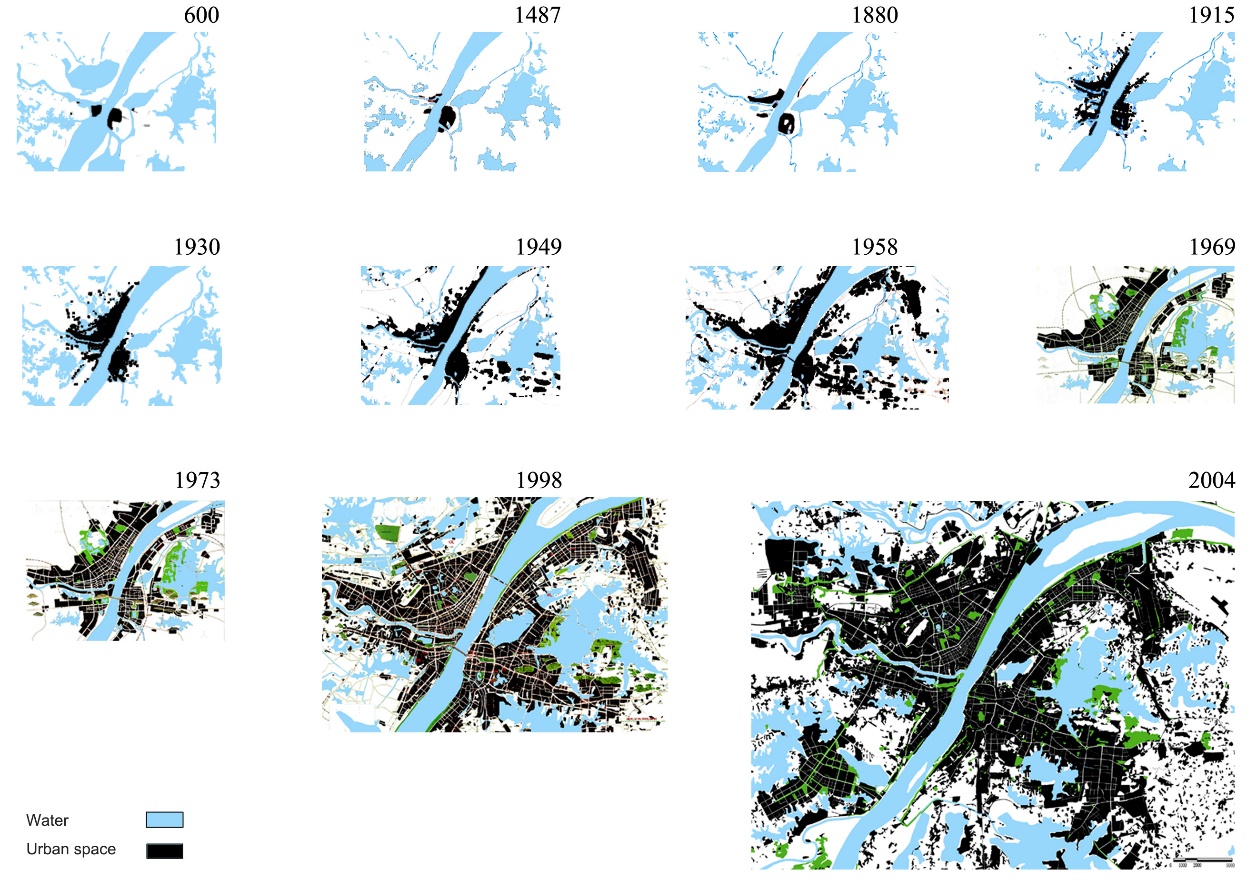Resilient development of urban waterfront in fast-changing cities – A case study of Wuhan, China
Yang Shu, J. M. Quinn

Abstract
This paper focuses on the relationship of the cities with their waterfronts. It presents a case study of Wuhan - a Chinese metropolis, where waterfronts play an important role in its urban planning policy. It attempts to investigate the mechanism of waterfront transformation, and to find out which strategies to adapt and what resilience means in terms of urban waterfronts in a rapidly transforming city. This article examines some representative urban projects on the waterfront and summarizes spatial models applied on the waterfront with distinct policies. Finally, it demonstrates that an urban waterfront is an “osmotic interface” which should be more correctly envisaged as a network of places, functions, additions and hinges between the city and its water environment. It clarifies that waterfront areas represent a multidisciplinary and multitasking issue in perspective of urban resilient development.
Shu, Y., and J. M. Quin. “Resilient development of urban waterfront in fast-changing cities – A case study of Wuhan, China.” Journal of civil engineering and architecture 8, no. 8 (2014): 1073-1083. https://pdfs.semanticscholar.org/a6ad/c8540639c9d8e9279dbdd9778aa77db3bd1b.pdf?_ga=2.205652436.658122448.1619707239-2118758783.1619707239
